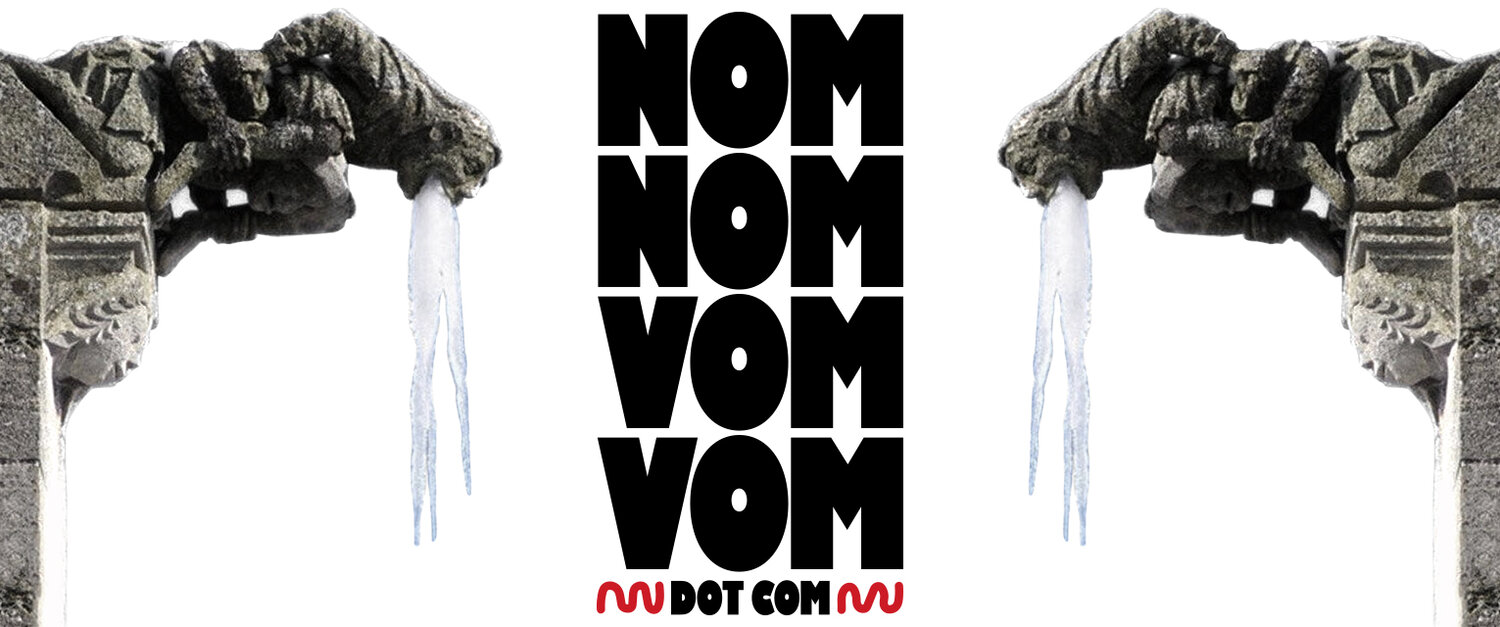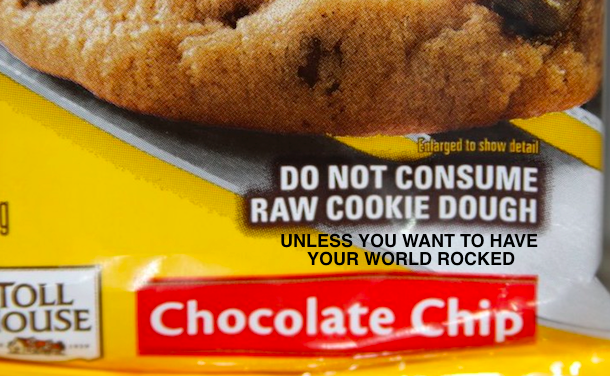On eating raw dough
Is raw-egg cookie dough really all that bad for you to eat?
Disclaimer: I have a strict E.A.D (Eat All Dough) policy. I routinely plunge (clean) fingers into mixing bowls and intercept rubber spatulas (with my mouth) on their way to the sink. I’m not above tonguing a whisk.
The concern is that some of the ingredients may have been contaminated with bacteria during the production process, and that a food poisoning risk would exist if those ingredients were eaten raw. The worrisome ingredients in dough are raw eggs and raw flour, which could plausibly contain E. coli and Salmonella if there was some sort of slip-up along the supply chain.
So how risky is eating raw dough?
Here, I fixed it for you
We can’t definitively quantify the risk without testing every batch of dough on a case-by-case basis. In aggregate, the chances of there being harmful levels of bacteria in your personal dough are—and what follows is a scientific term— “really low.” Let’s say there’s a 0.1%* chance that a batch of cookie dough contains hazardous levels of bacteria. This would justify my perfect record of dough consumption. (I’ve never knowingly gotten sick from dipping into the bowl.)
The government, however, promotes the opposite position on eating raw dough: officially, it’s not worth the risk. Even a 0.1% probability of getting sick doesn’t scale well when applied to millions of gluttonous American dough-munchers. This is why the CDC literally built a campaign titled Say No to Raw Dough. They note that eighty people were sickened with E. coli from raw flour between 2016-2019. Is that a lot or a little? Given that there are 63,000 cases of E. Coli in the US each year, bad flour seems like the least of our concerns.
The official image of the Say No to Raw Dough campaign
I guess the CDC’s point is that dough-borne illness would be even lower if fools like us could keep their paws out of the batter. But I’m gonna eat dough, and you’re gonna eat dough, so let’s set some ground rules to minimize injury:
If you belong to an at-risk demographic (e.g. If you are elderly, pregnant, or an internet browsing, blog-reading infant) then don’t eat dough. Just don’t.
If you’re planning a feast of dough, buy pasteurized eggs. It’s easy to tell pasteurized eggs because they’re individually stamped with a “P”.
Eat the dough as soon as you make it. The longer it sits out at room temperature, the more likely it is for bacteria to grough in the dough.
Buy your ingredients at reputable grocers. They’re more likely to remove cracked eggs from the refrigerator display and remove recalled batches of flour from the shelf.
Last point — buying organic ingredients isn’t going to make a difference in the bacteria levels in your ingredients. I mean, keep buying organic but it’s not gonna help in this department.
* 0.1% is a total guess. The real figure is likely much much lower.


